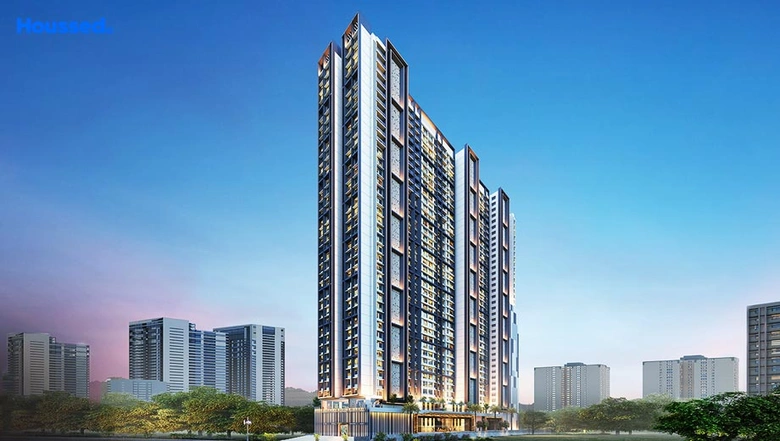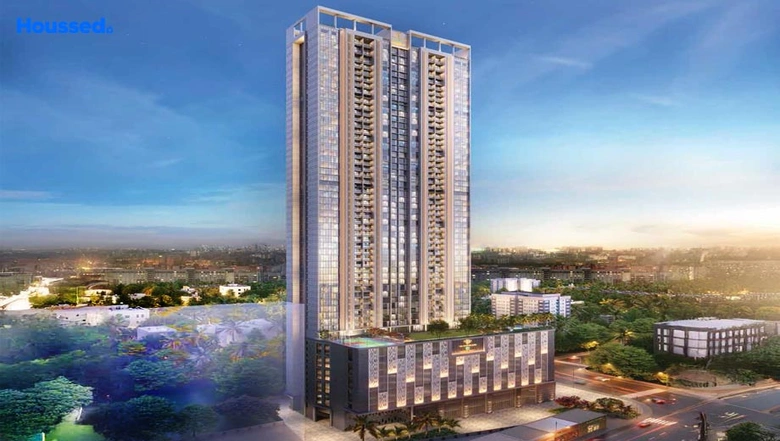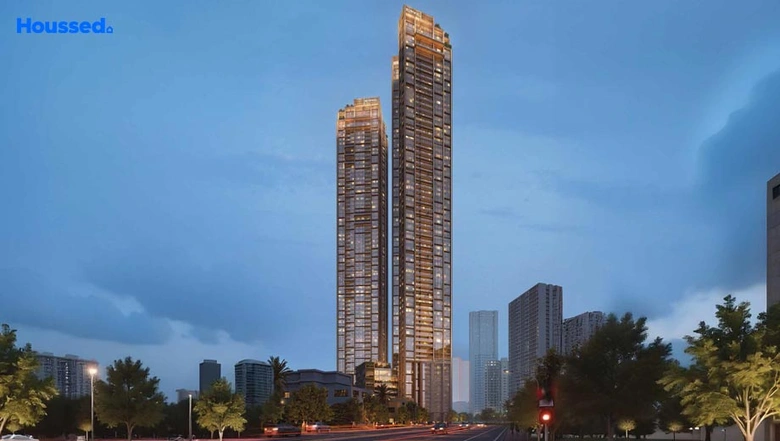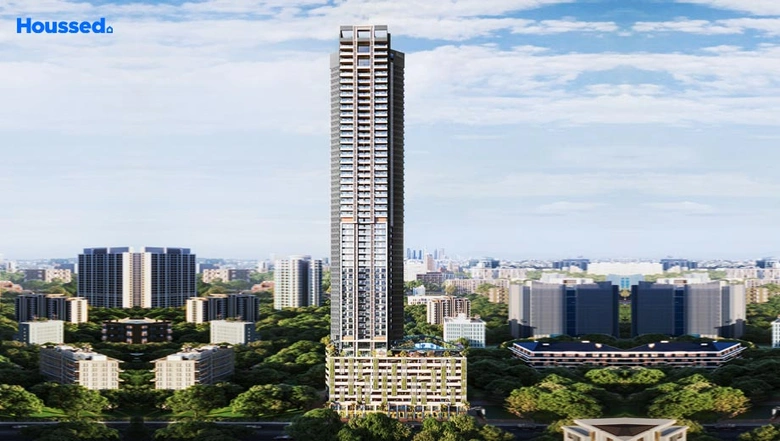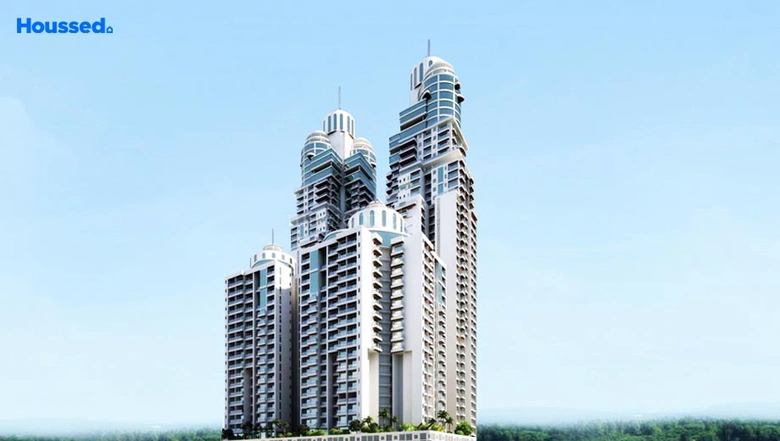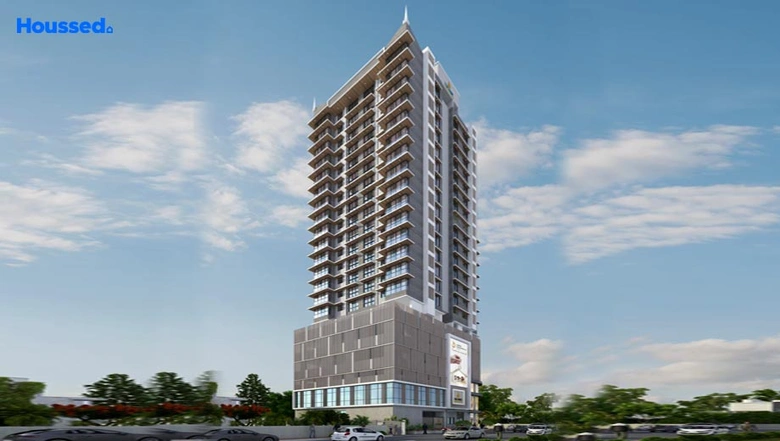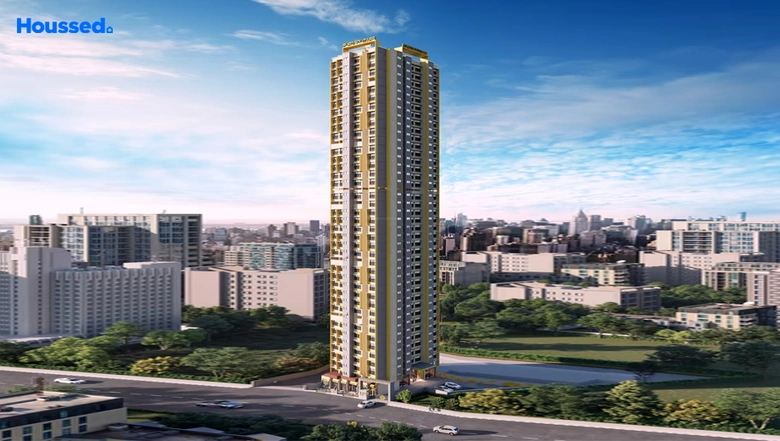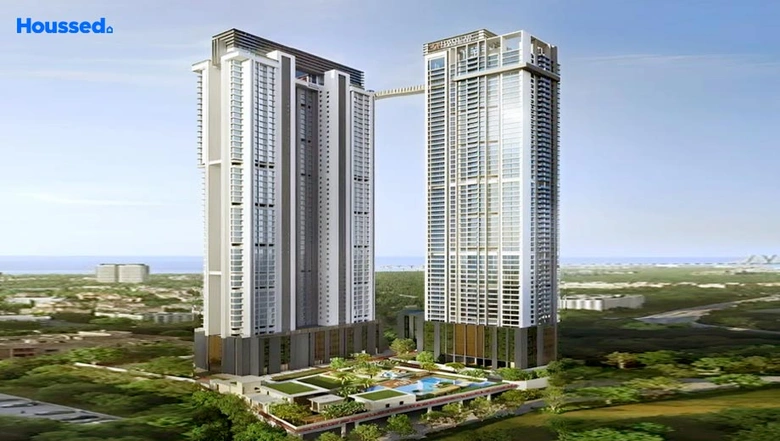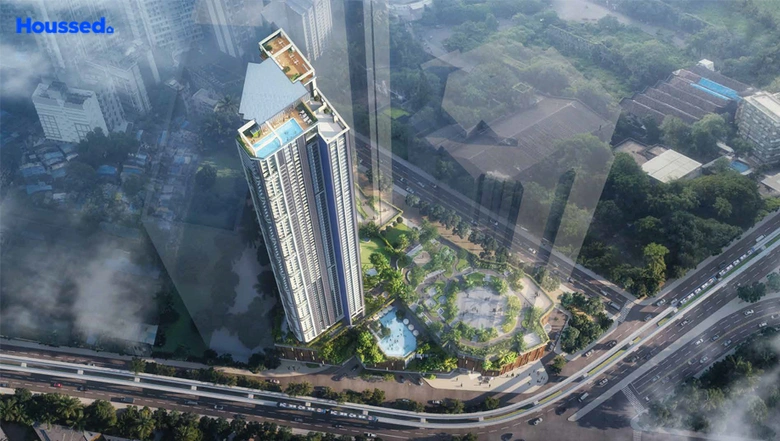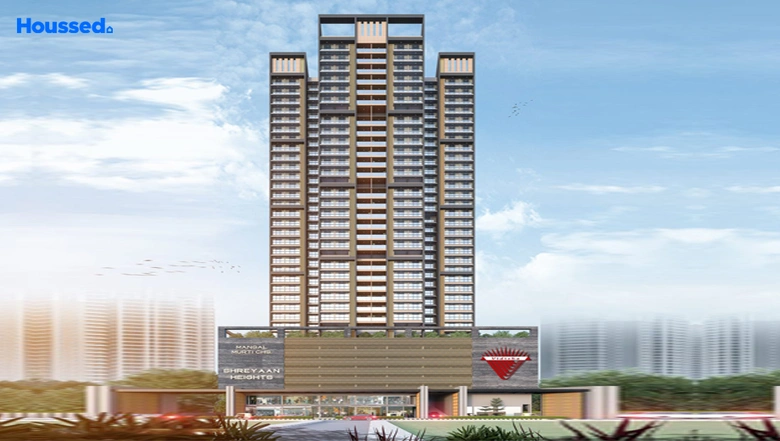South Mumbai vs North Mumbai - Where to Live?
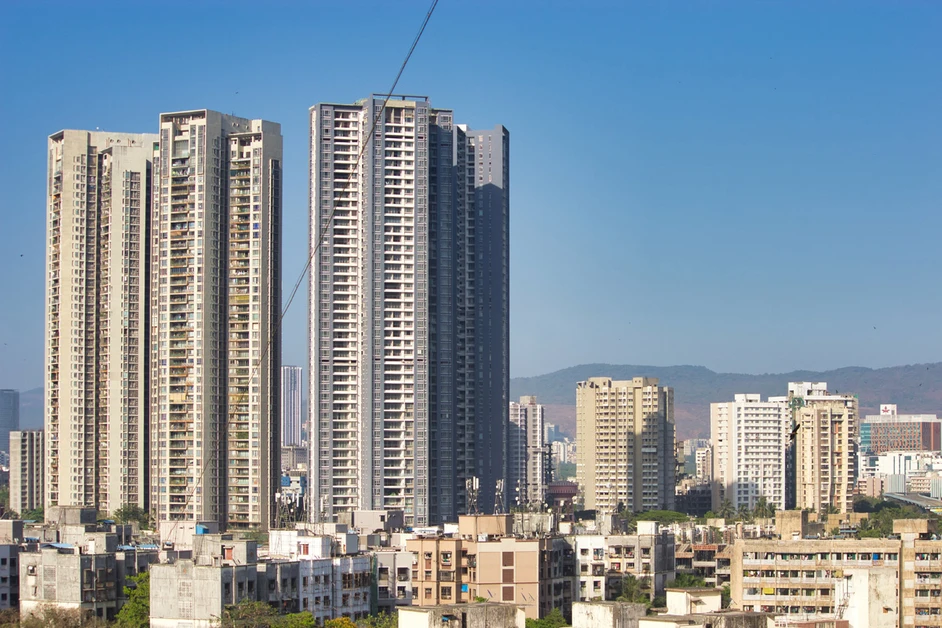
South Mumbai and North Mumbai are two separate areas of Mumbai, Maharashtra. Each has distinct characteristics, demographics, services, and attractions.
South Mumbai, often known as "SoBo" and the "Island City. It includes the city's oldest district, famed for its historic architecture, museums, art galleries, and expensive restaurants. Several notable sites like the Gateway of India, Marine Drive, and the majestic Taj Mahal Palace Hotel exist. It also boasts a thriving nighttime culture, with several clubs and pubs.
North Mumbai, on the other hand, is a more contemporary and prosperous neighbourhood. It has a lot of residential areas, business districts, and shopping centres. Bandra, Andheri, and Juhu are some of the most prominent locations in North Mumbai. It is also famous for its vibrant environment, stylish eateries, and vibrant nightlife.
While individuals from South Mumbai, also known as the 'townies,' argue that SoBo is the core of the rapidly growing metropolis, those from the suburbs, also known as the 'burbs,' disagree.
Moreover, the debate between South Mumbai vs North Mumbai has been exciting and never-ending.
Coming to South Mumbai vs North Mumbai in terms of living, it is subjective to say that living in South Mumbai is better than living in North Mumbai as it depends on personal preferences, lifestyle, and needs.
Let's narrow down a few factors and differences between both areas.
South Mumbai
South Mumbai is a historic and culturally rich neighbourhood recognized for its gorgeous architecture, vibrant business districts, and upscale residential areas.
It is a significant commercial and financial centre, with the headquarters of many well-known Indian and foreign corporations. It is also a tourist destination, with multiple museums, art galleries, and theatres, including shopping, eating, and entertainment opportunities.
People say that SoBo is a spot where you want to stand out. Some events or activities always make you feel like you're in the colonial era looking at the undisturbed structures since independence.
However, "South Mumbai" and, by extension, "South Mumbai culture" are somewhat vague terms. The city's development has resulted in cultural uniformity between the extreme south and significant areas formerly considered suburbs, rendering the term's geographical implications worthless.
Living Factors of South Mumbai:
When residing in this location, there are several factors to consider. The living conditions include the following:
Housing & Real Estate: The neighbourhood offers a variety of housing alternatives, ranging from historic colonial-style bungalows to modern high-rise flats, to meet different requirements and preferences.
SoBo housing costs more than other sections of Mumbai because of considerations such as location, facilities, and the age and condition of the house.
Apartments in South Mumbai may cost anything from Rs 3 crore to more than Rs 100 crore, depending on the location, size, etc. Overall, it's a great place to live if you love the city lifestyle and can afford it.
Transportation: The neighbourhood is well-connected to the rest of the city by numerous forms of transportation, making it simple for residents and visitors to move around.
- Local Train: The regional rail network connects South Mumbai to the rest of Mumbai. Chhatrapati Shivaji Terminal, Marine Lines, and Mumbai Central are among the major stations in the region. Local trains in Mumbai are typically packed but offer a quick and inexpensive way to get about the city.
- Bus: The Brihanmumbai Electric Supply and Transport (BEST) company provides a bus network across Mumbai, including SoBo.
- Metro: The Mumbai Metro Line 3 is currently under development and, once finished, will run through SoBo. The line is designed to give commuters in the region a speedier and more comfortable form of transit.
- Ferries: South Mumbai is located along the Arabian Sea and connected to the rest of Mumbai via ferries run by the Maharashtra Maritime Board.
Moreover, SoBo has less traffic as there are no auto-rickshaws.
Safety & Security: It is often regarded as a safe and secure place to live and visit. To protect the safety and security of residents and tourists, the Mumbai Police and other law enforcement agencies maintain a strong presence in the region, with frequent patrols and monitoring.
But, like in any densely populated urban region, crime and robbery are always possible, particularly in crowded places such as markets and tourist sites.
Generally, South Mumbai is a safe and secure location, although, with any major metropolis, basic precautions and awareness of potential safety threats are essential.
Access to facilities: South Mumbai is home to some of the city's most excellent amenities, such as high-end retail complexes, world-class hospitals, and top-rated schools. Living in this location gives you quick access to these advantages and lets you live a pleasant and convenient lifestyle.
Night Life: There are several restaurants and nightclubs too. South Mumbai has something for everyone, whether you want a quiet evening at a quaint café or a wild night out with friends.
North Mumbai
North Mumbai is a section of the wider Mumbai Metropolitan Region (MMR), located in the city's northern outskirts. It is a diversified and bustling location with a mix of residential and business neighbourhoods and is home to many individuals from many communities and backgrounds.
It is an excellent alternative for people seeking a more cheap and convenient lifestyle with access to solid infrastructure, open spaces, cultural events, and rising work prospects. It is also less expensive than SoBo and has a lower socioeconomic profile.
Living Factors of North Mumbai:
There are various reasons why you should consider relocating to North Mumbai:
- Real Estate: The real estate market in North Mumbai is diversified, with different housing alternatives available to suit various budgets and lifestyles.
Real estate costs vary according to geography and property type. Prices for residential properties can range from Rs. 10,000 to Rs. 50,000 per square foot, while prices for commercial properties can range from Rs. 10,000 to Rs. 35,000 per square foot.
Residential areas in North Mumbai include Andheri, Borivali, Malad, Kandivali, and Dahisar. These locations provide a variety of housing alternatives, ranging from low-cost flats to opulent villas.
- Inexpensive housing: North Mumbai often has more affordable housing alternatives than South Mumbai, making it an excellent choice for people looking to live in Mumbai on a budget.
- Good Infrastructure: North Mumbai has a well-developed infrastructure, which includes a dependable public transit system, decent roads, and a plethora of facilities such as retail malls, hospitals, and schools.
- Open Spaces: North Mumbai features more open areas and vegetation than South Mumbai, including parks and beaches like Juhu Beach and Aksa Beach, which might be ideal for individuals who prefer spending time outside.
- Near Airport: The Mumbai International Airport is located in North Mumbai, making it an ideal alternative for regular passengers or those in the aviation business.
- Various Cultural Experiences: Because North Mumbai has a varied population, there are several possibilities to learn about different cultures through food, festivals, and events.
- Education: There are various high-quality schools and institutions in North Mumbai. Ryan International School, St. Anne's High School, and NMIMS University are among the renowned institutions.
Conclusion
South Mumbai and North Mumbai are popular residential and commercial areas in Mumbai, but they differ in several ways.
Both are significant sections of the city, including distinct qualities and benefits. Therefore, the comparison of South Mumbai vs North Mumbai is not vital. SoBo is noted for its ancient architecture, cultural sites, and affluent residential districts, whilst North Mumbai is home to numerous contemporary and commercial hubs, including affordable residential regions.
Each place has its own set of benefits and drawbacks, which is best for an individual and will ultimately rely on criteria such as lifestyle, job location, closeness to facilities, and personal preferences. It is critical to undertake extensive study and then decide where to live.
Hence, the decision between South Mumbai and North Mumbai comes from personal tastes, lifestyle, and money. South Mumbai has a more opulent and elite lifestyle, whilst North Mumbai is more inexpensive and has more significant growth potential.
FAQ's
South Mumbai has more expensive property rates than North Mumbai and by far the highest in India and the world.
Manori, Borivali, Gorai, Goregaon, Malad, Kandivali, and Mira Bhayandar are the suburbs of North Mumbai. They are located on the Western railway line and are commonly referred to as Western Suburbs.
South Mumbai is considered the city's most expensive section due to heritage monuments such as the Gateway of India, the Asiatic Library, and the famed Kala Ghoda festival, a popular tourist destination.
Yes, it is worth buying a house in either of places as both areas offer different and great things in terms of food, surroundings, real estate prices, etc.
